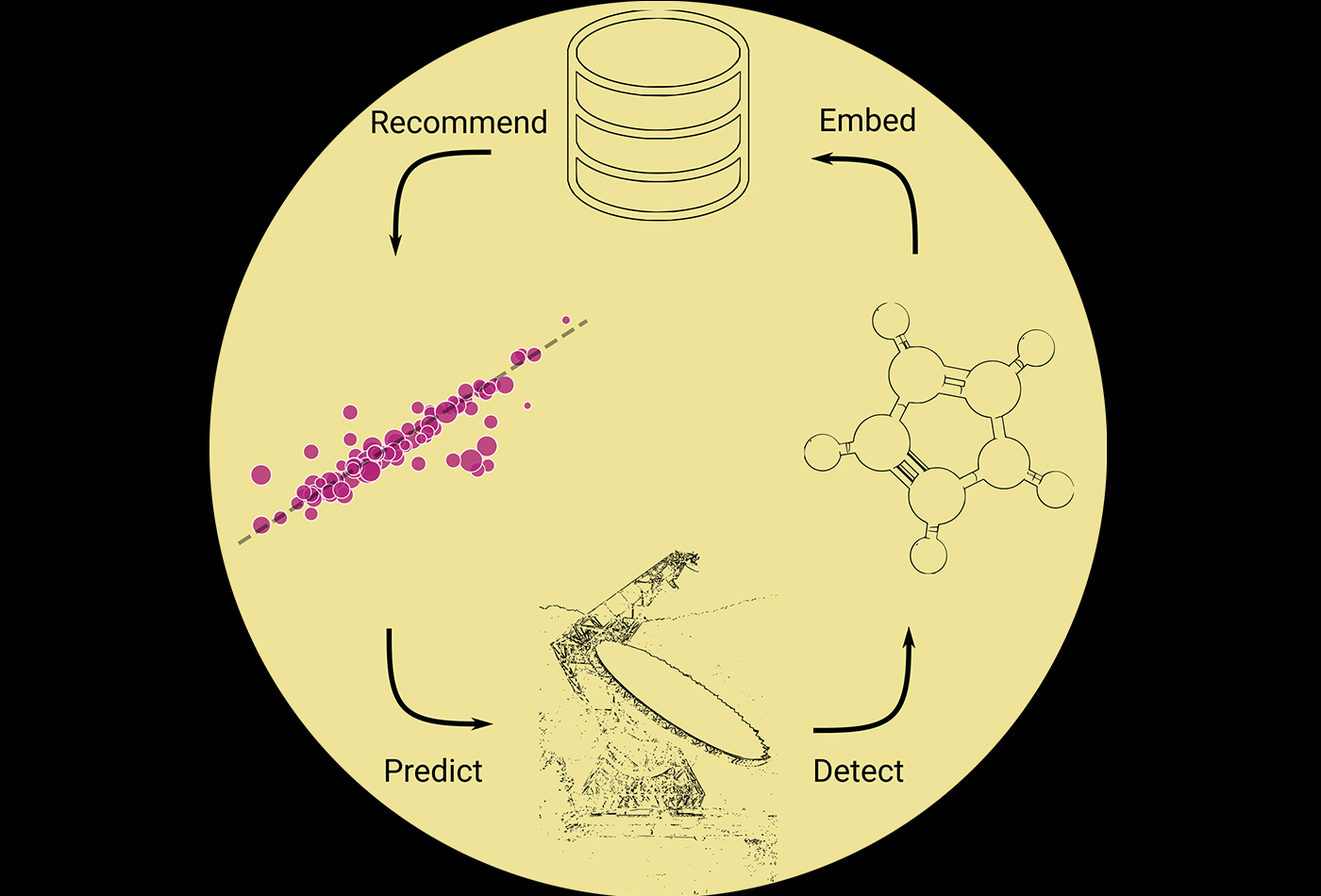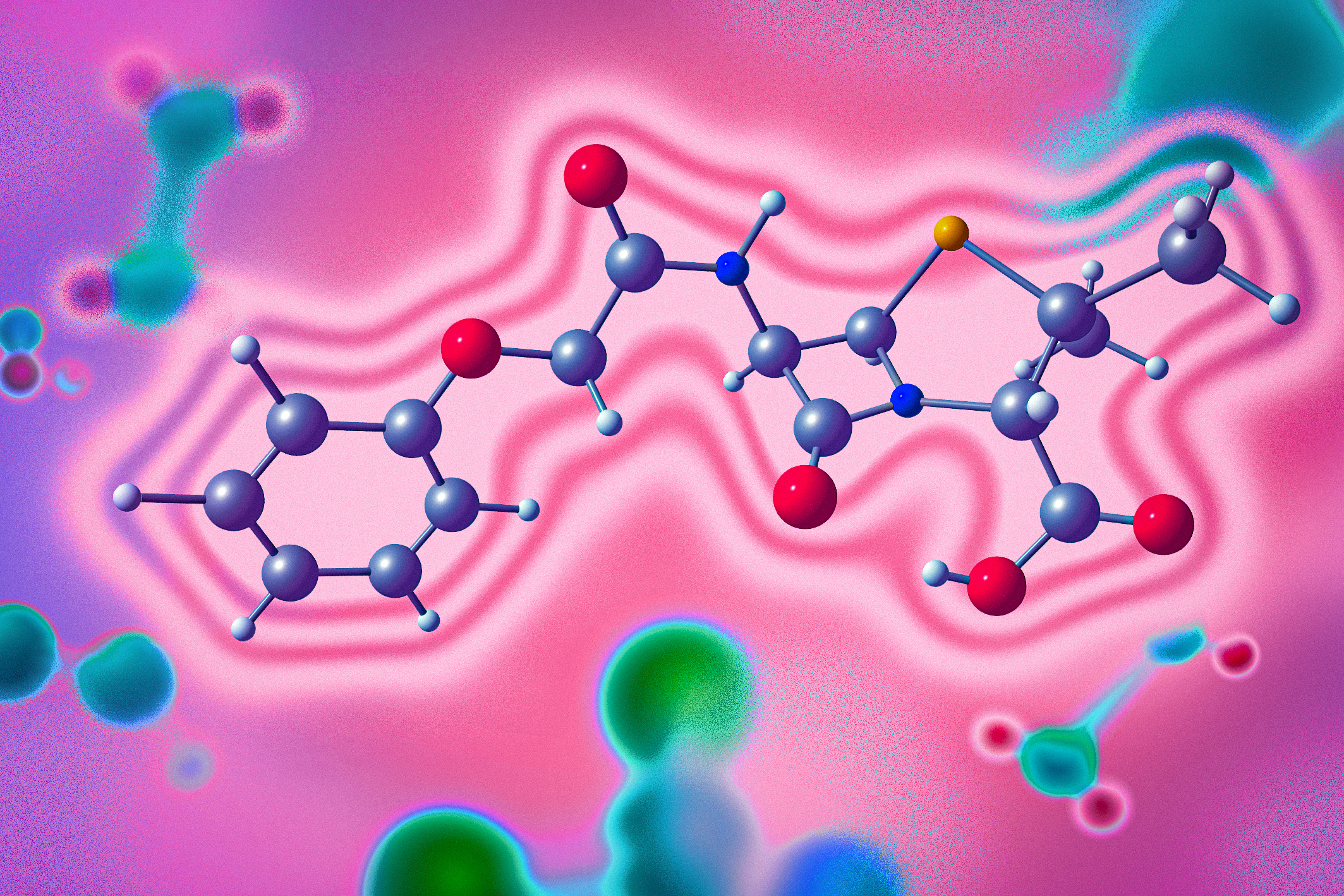McGuire paper published in Astrophysical Journal Letters
The paper, Machine Learning of Interstellar Chemical Inventories, was published online on August 16, 2021.
A paper authored by Kelvin Lee, Jacqueline Patterson, Andrew M. Burkhardt, Vivek Vankayalapati, Michael C. McCarthy, and Brett A. McGuire was published in Astrophysical Journal Letters on August 16, 2021.
Machine Learning of Interstellar Chemical Inventories
Kelvin Lee, Jacqueline Patterson, Andrew M. Burkhardt, Vivek Vankayalapati, Michael C. McCarthy, and Brett A. McGuire
Astrophysical Journal Letters, August 16, 2021
DOI: https://doi.org/10.3847/2041-8213/ac194b
The main novelty of this research is using machine learning to guide the study of molecules and chemistry in the interstellar medium. Detecting molecules in space is one of the most powerful and comprehensive ways y interstellar environments can be studied; where they are located, and in what manner they exist allow researchers to infer what exactly is going on in macroscopic processes like the formation of stars and planets.
Prior to the McGuire Group’s work, the field has relied on this abstract notion of “chemical intuition” to deduce what other molecules might be of astrophysical interest, by bootstrapping knowledge of what other molecules are already detected in that region of space, and by knowing what has been detected elsewhere. In their new approach, researchers combined methodology from cheminformatics (studying chemistry with big data, typically for drug discovery) and machine learning to both recommend new molecules and predict how abundant they will be in space, and demonstrated our workflow on the chemical inventory of the prototypical dark molecular cloud, Taurus Molecular Cloud-1. The modeling efforts here identify specific molecules that were previously overlooked, and being able to predict how abundant they are allows researchers to prioritize what they should devote time working towards.
The hope is that the impact of this work will be relatively far-reaching: with this approach, researchers can simultaneously inform laboratory, computational/theoretical, and observational efforts. Looking further ahead, this proof-of-concept also unlocks the ability for more complex machine learning models to be developed, scaled up, and applied towards using chemical probes of astrophysical phenomena.





